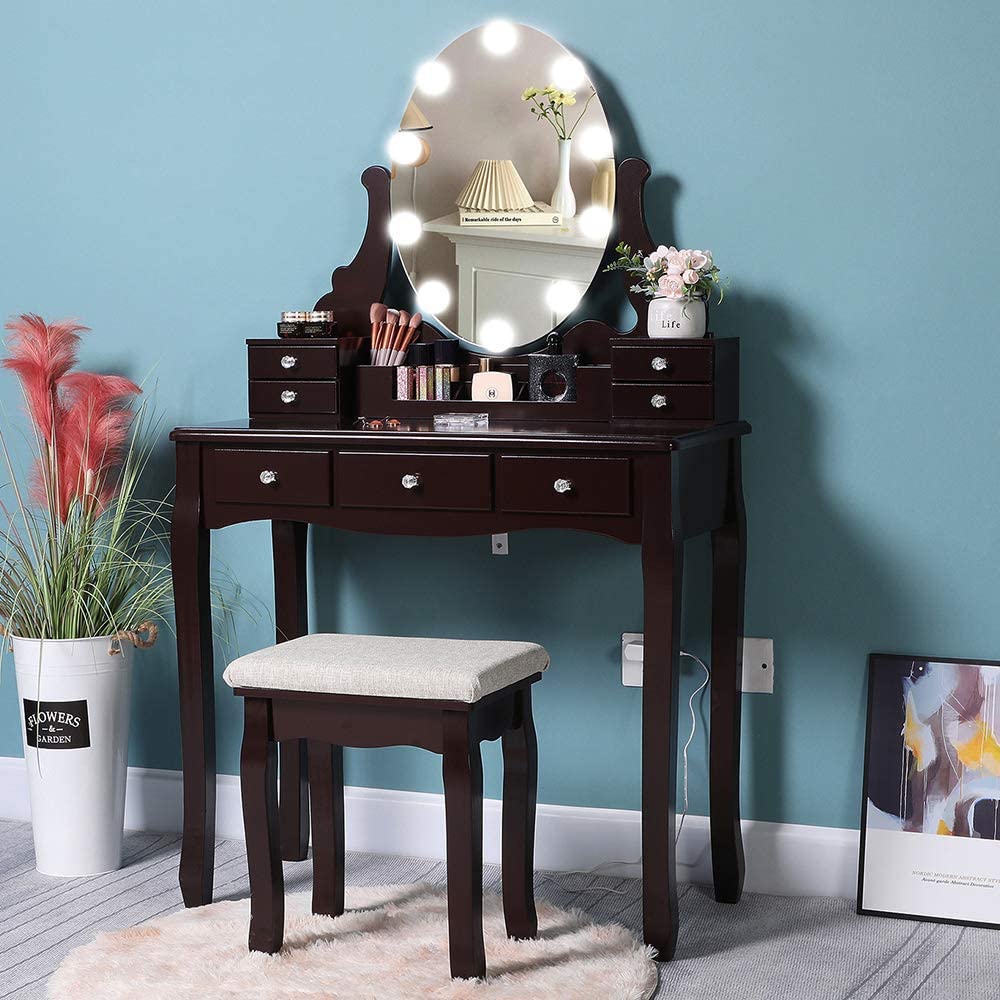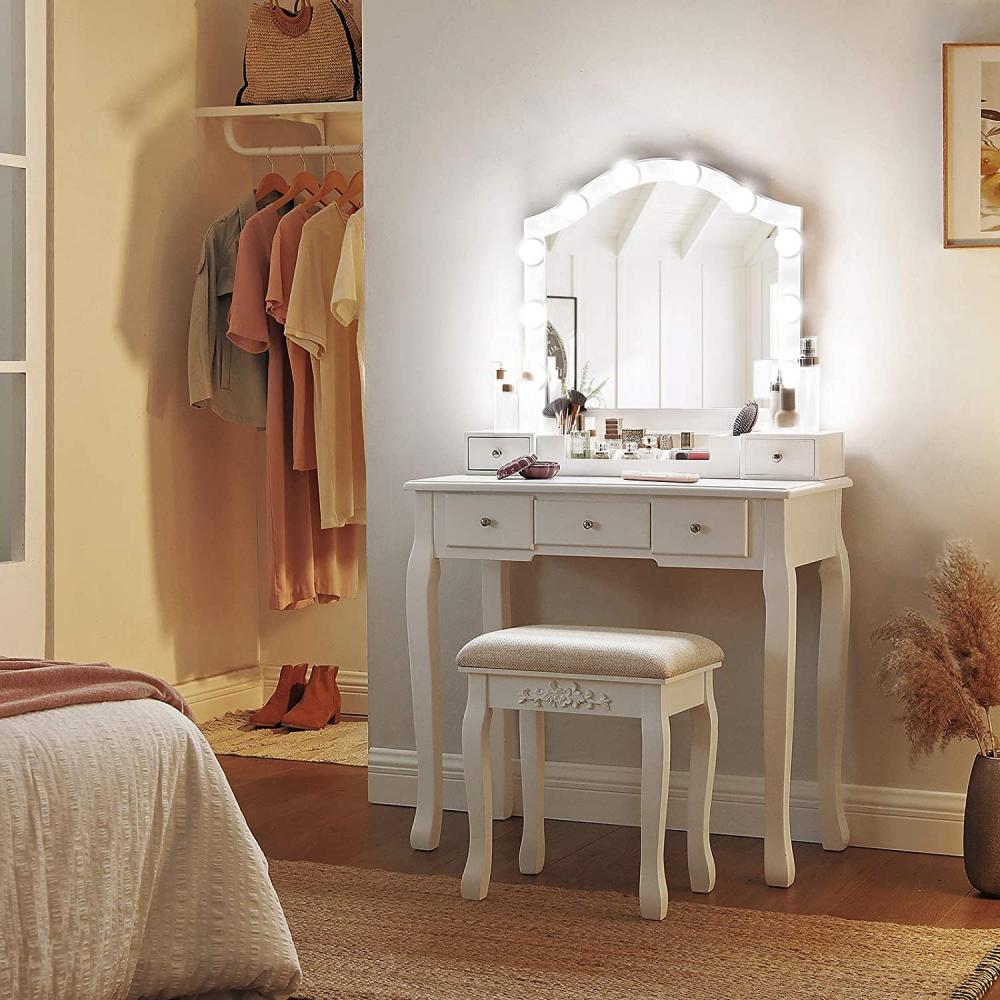DuPont Packaging & Industrial Polymers (P&IP) and its subsidiary Security & Solutions business announced that it will introduce two new packaging anti-counterfeiting authentication technologies to the market. Brand owners provide a powerful weapon against forgery and plagiarism. The two technologies are the Bio-Molecular Fingerprint biomolecular fingerprinting technology (implicit) and the Color Spectra Film colorspectroscopic thin film technology (external), which are produced by identif product security and trademark protection technology company Erlangen, Germany (identif GmbH). ) Development, in the form of a "signature," which can be embedded in a variety of product security packages or labels.
This is a combination of anti-counterfeiting identification technology, its internal information can be read by the machine, the external can also be recognized by the naked eye. They can effectively improve brand safety and maintain product quality in the fields of medicine, luxury goods, art and media products, designer clothes and auto parts. In fact, Bristol-Myers Squibb, one of the world's largest pharmaceutical companies, adopted identif's anti-counterfeiting identification technology on the packaging of its own anti-cancer and AIDS medicines, effectively preventing counterfeiting and plagiarism.
“There is a growing demand for product security and anti-counterfeiting in the world and there is a huge increase in demand,†said Dr. Georg Bauer, general manager of Identif. “We are convinced that DuPont Packaging Materials and Industrial Polymer Division is a suitable partner to collaborate with us to promote our anti-counterfeiting authentication technology because they also have the concept of 'safeguarding against forgery'.â€
DuPont’s move is a direct result of its acquisition of a portion of the ordinary shares of Identif Corp., and is also a continuation of its packaging business's entry into the security and anti-counterfeiting technology market. It is developing integrated functions such as anti-counterfeiting technology integrators/solution providers.
"To protect the interests of consumers and businesses in today's global market, we must rely on sound, mature and easy-to-use solutions." DuPont Packaging Materials and Industrial Polymer Division under the Ministry of Security Technology Director Volker Plehn said. “identif's products and technologies can meet all these requirements. If we add DuPont's packaging technology, we can develop a practical and innovative anti-counterfeiting solution.â€
Dressing table, also called toilet table, a table used for the toilet. The term originally was applied in the 17th century to small tables with two or three drawers. It soon became common practice to conceal the fittings of the dressing table when they were not in use, and great ingenuity was exercised by 18th-century cabinetmakers to combine elaborate fittings with a handsome piece of furniture.

In the Cabinet-Makers` London Book of Prices (1788), Thomas Shearer included a design for a dressing stand [with folding tops. The top and bottom fronts are shams, in the back part of the stand is a cistern which receives water from the bason drawer . . . ." The inside included [A glass hung to a sliding piece, 3 powder boxes, a lift-out to hold 4 razors, hone and oil bottle, a ditto for combs, and partion`d off for tooth brushes, a shallow ditto for tweezers, knives etc. . . . ."

Dressing Table,Dressing Table Set,Vanity Dressing Table,Dressing Table With Drawers
Jinan Tri-Tiger Technology Development Co., Ltd , https://www.tri-tigerfurniture.com